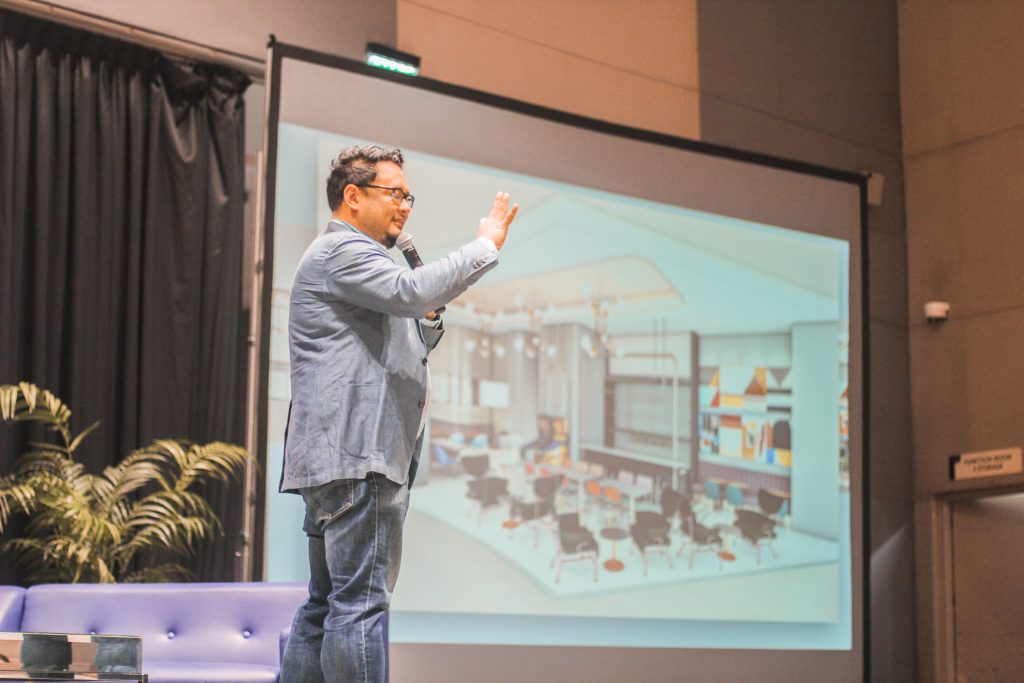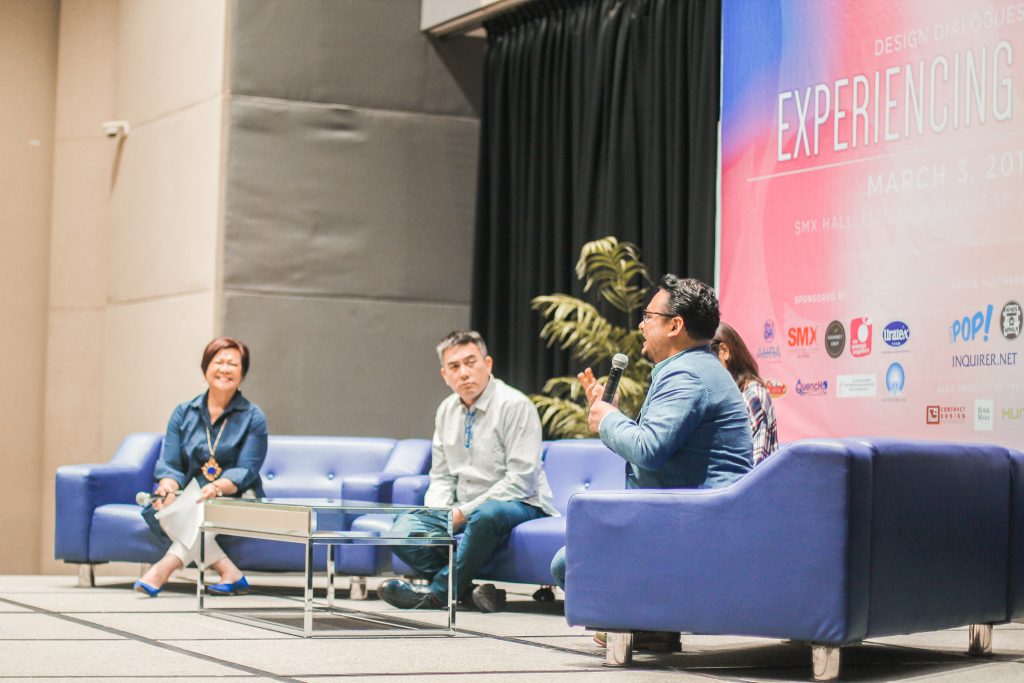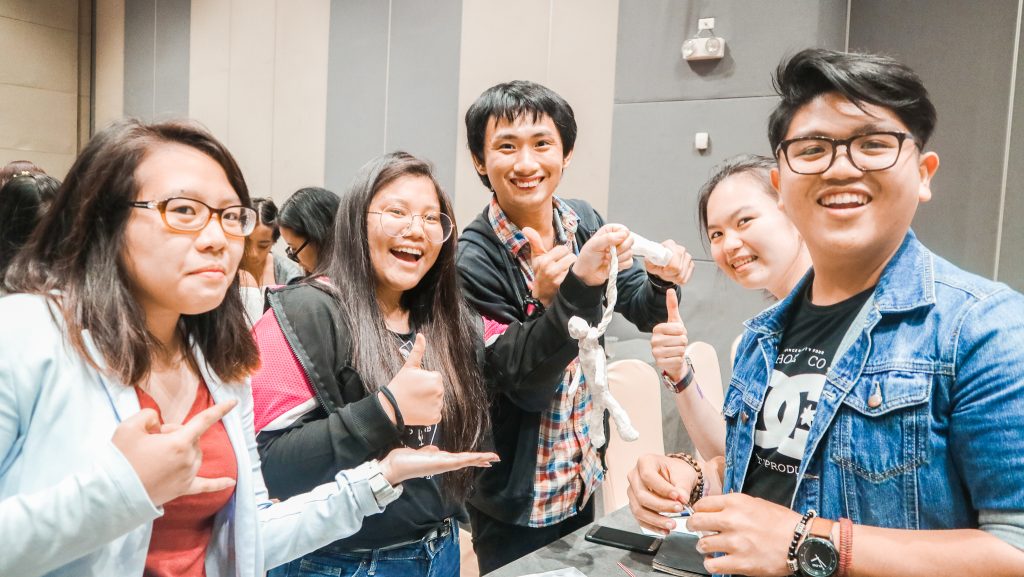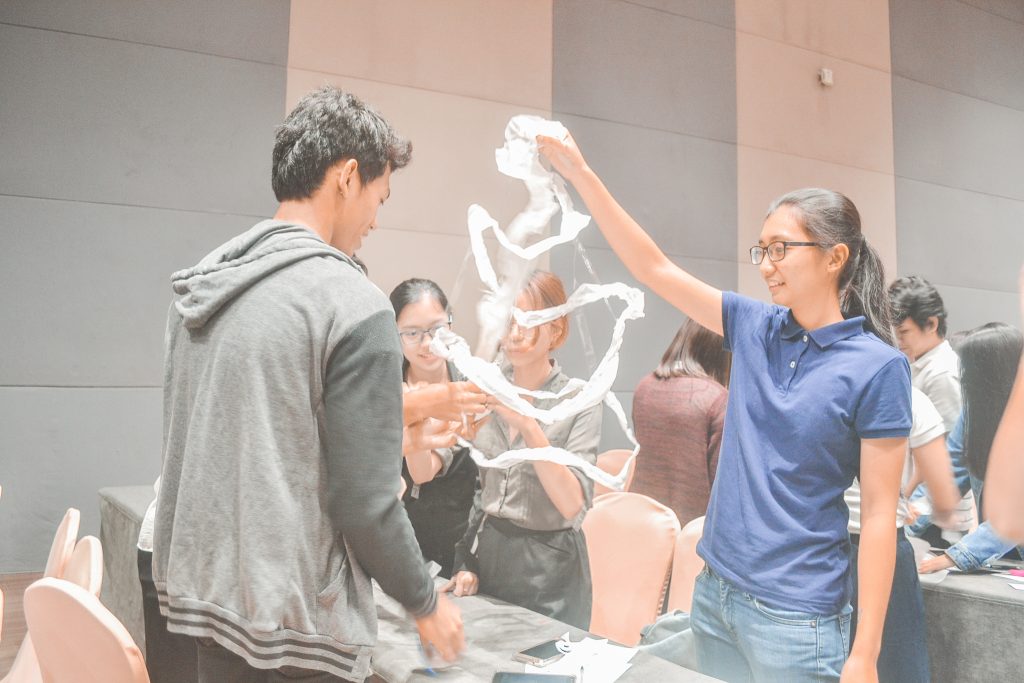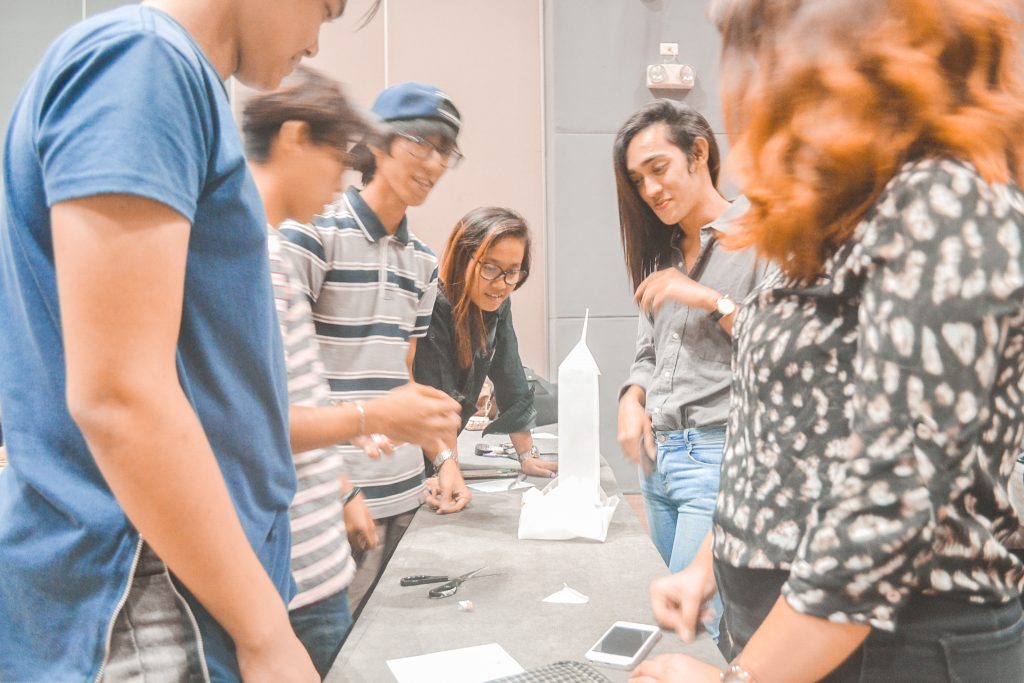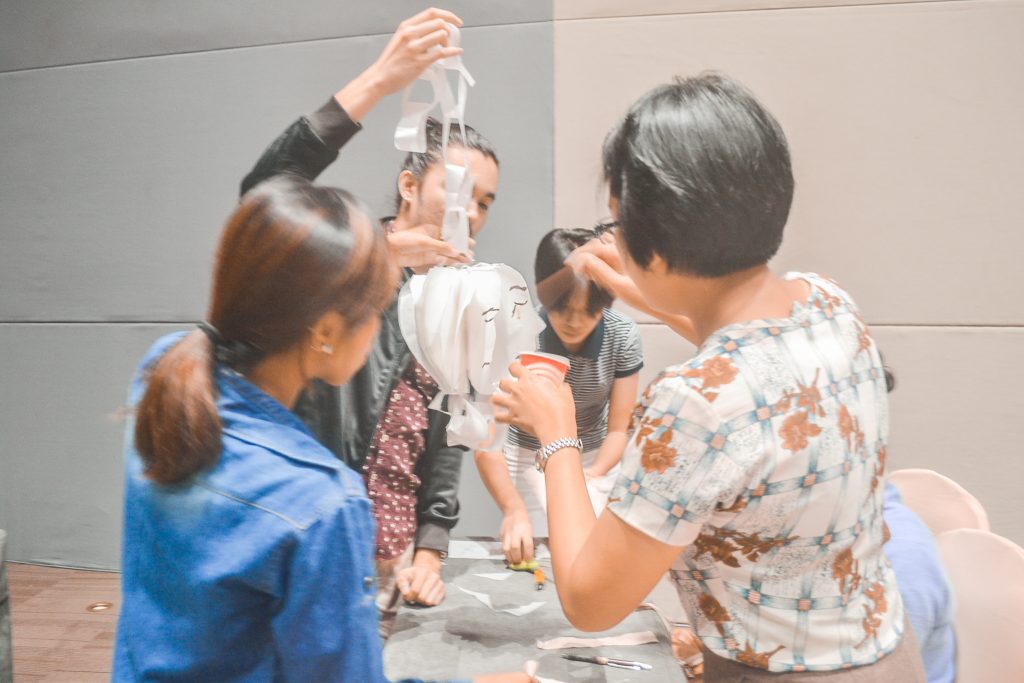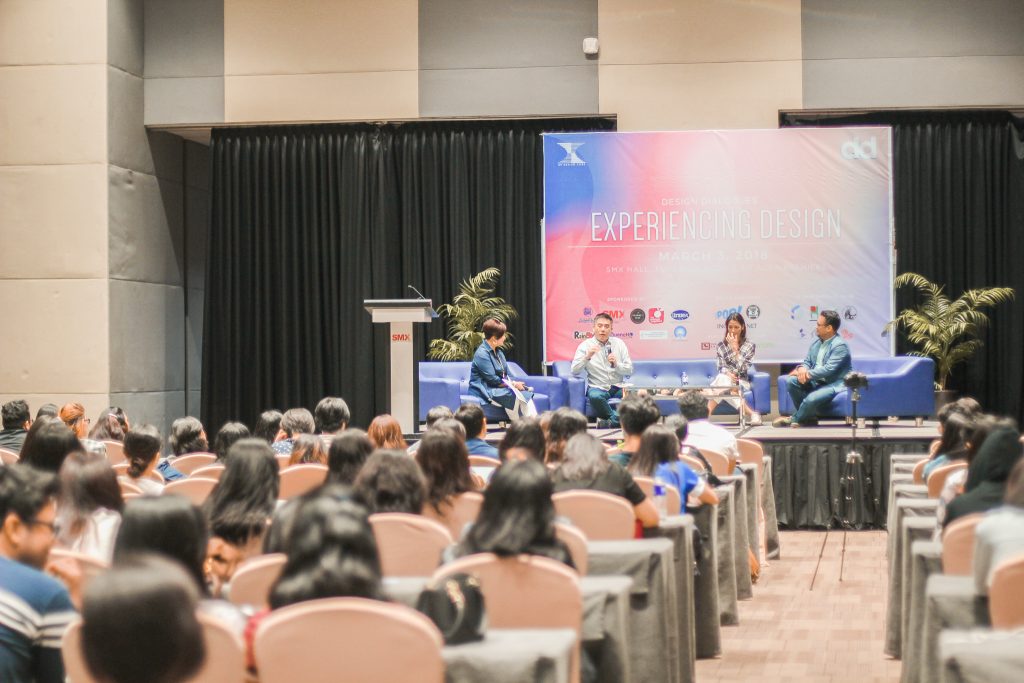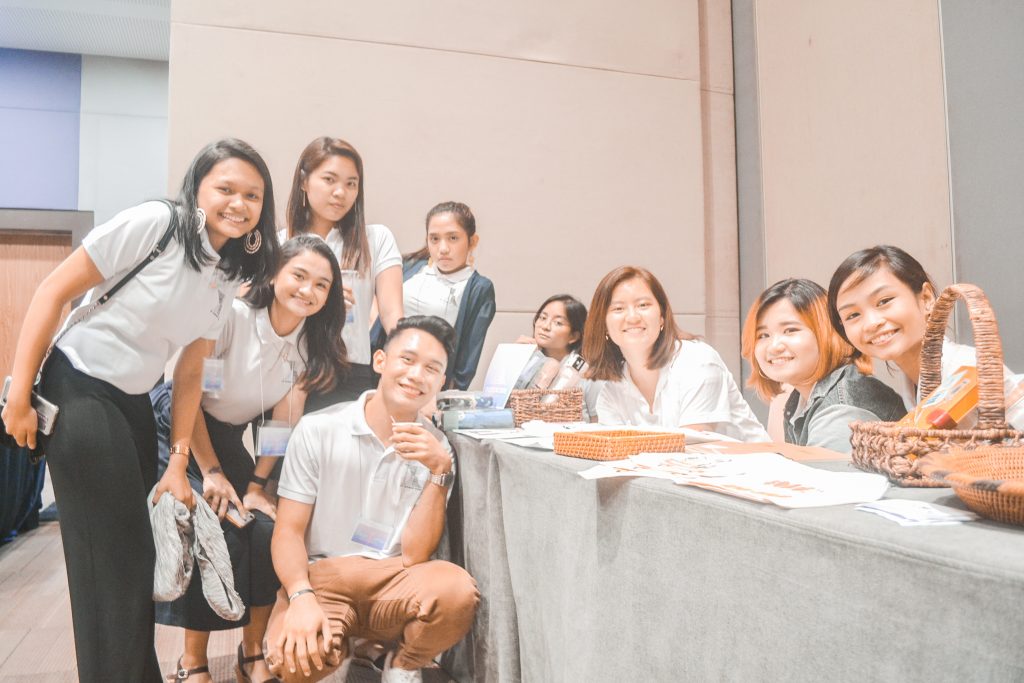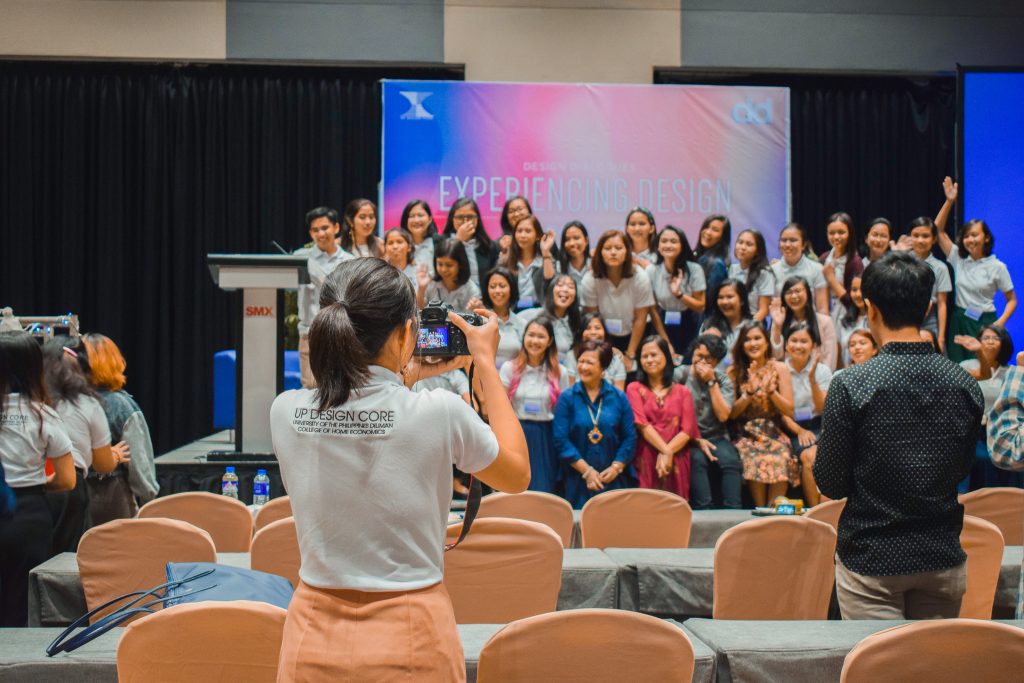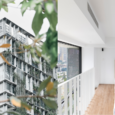Article by Sophia Teaño | Photos from UP Design Core
Design is a client-based field. A designer produces creative solutions with the consumers’ context in mind. However challenging this reality is, designers know that at the end of the day, their job is to improve people’s lives through their work.
UP Design Core’s event, Design Dialogues, recently explored this reality in terms of the experience of spaces. Entitled Experiencing Design, the main speaker, Frenjick Quesada, provided points that proposed ways of tackling spatial design.
5 Tips on How a Designer Can Enrich the Experience of a Space
5. Look at the space from the perspective of the consumer.
In Quesada’s experience at his firm Design HQ, he noted the importance of putting oneself in the clients’ shoes.
He said that interior designers can get lost in the technical side of the job.
However, the user is still the priority; it is important to take note of what the end user should see and feel once the space has been constructed.
4. Maximize factors that contribute to experiential design.
Experiential design is a result of different factors. What is important is to know how to work around elements and put them together to maximize their potential. Composing an experience involves understanding that multi-sensory communication will occur in the space through media and materials.
3. Design involves collaboration.
To become reality, a vision involves work from different disciplines. It takes team effort, which for interior spaces includes interior designers, architects, engineers, and graphic artists. Each profession specializes in particular fields, and it is through communication that the design can result in more effective and holistic spaces.
(READ: Food Hop to These 7 ‘Instagrammable’ Restaurants)
2. Set aside the ego.
Creativity involves a sense of pride when a designer comes up with a vision. However, it is not about the designer. There will be instances where adjustments have to be made. In these cases, an individual has to pave way for other people’s’ ideas since the output is about the end users, not the creators.
1. Be aware of the details that contribute to an experience.
It is important to understand how the character of a space is established. Factors such as lighting, furniture, materials, acoustics, and air quality play a role in executing the aspired experience. For example, lighting directs the eyes without any imposing effort. Knowing what details make or break a vision can inconspicuously complete a design.
Composing an experience involves taking notes of a myriad of details. Through design, the human experience can be enriched and improved.
To create meaningful memories, the designers must be able to meet their knowledge of the technicalities with the needs of their clients by emphasizing on creative and client-sensitive solutions.
Design Dialogues is a symposium by the UP Design Core, which directs their efforts in creating space for creative discourse, the development of its members, and strengthening the awareness of the interior design profession.
UP Design Core
https://www.facebook.com/UPDesignCore
https://www.facebook.com/UPDCDesignDialogues
Twitter / Instagram: @UPDesignCore

